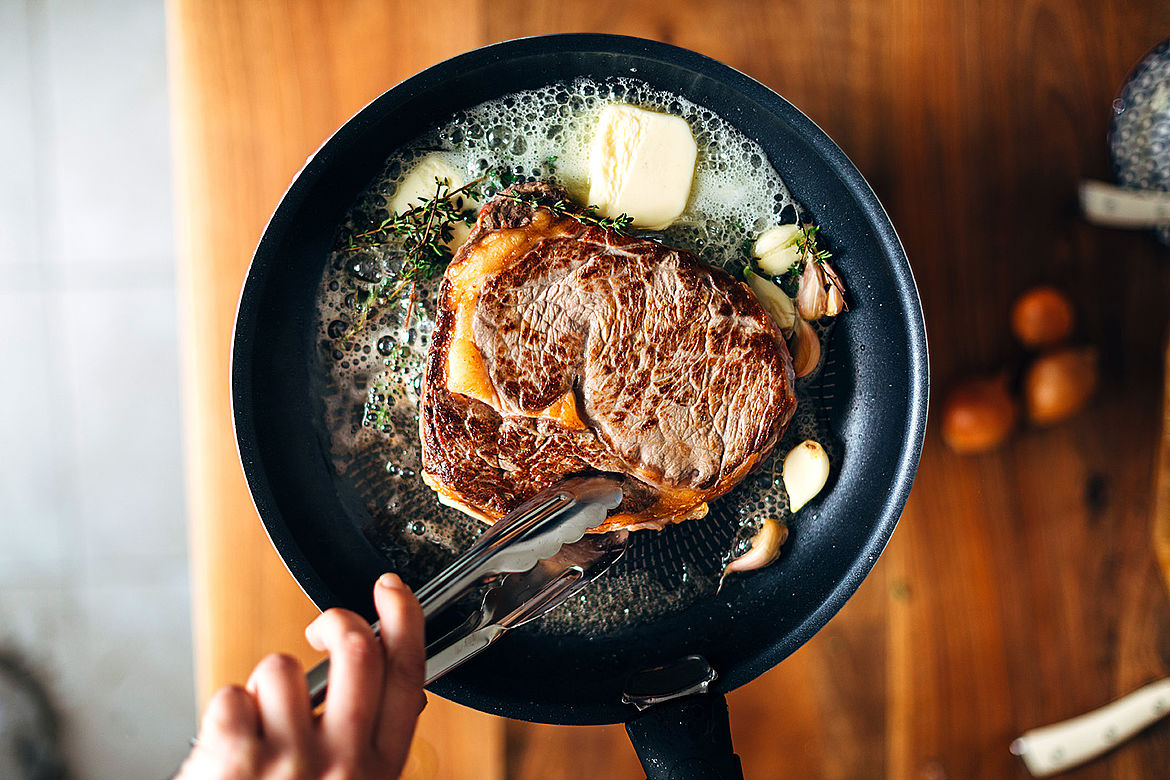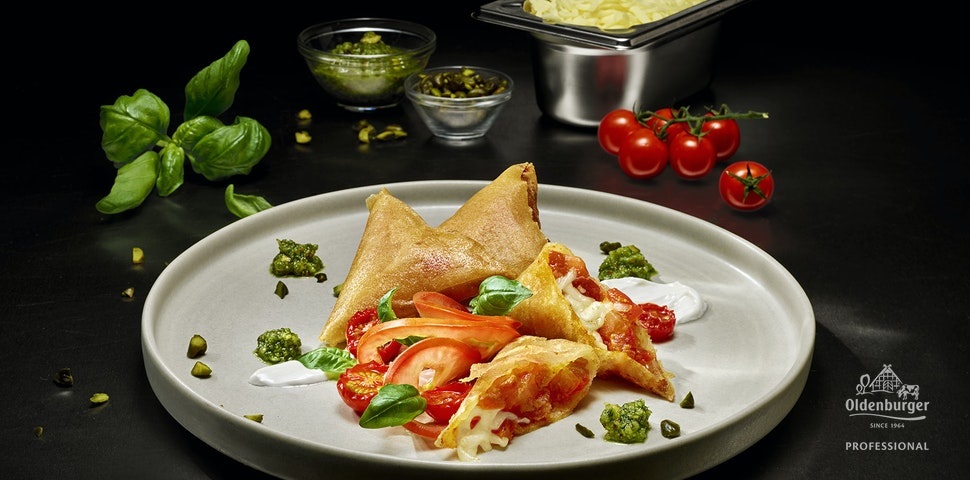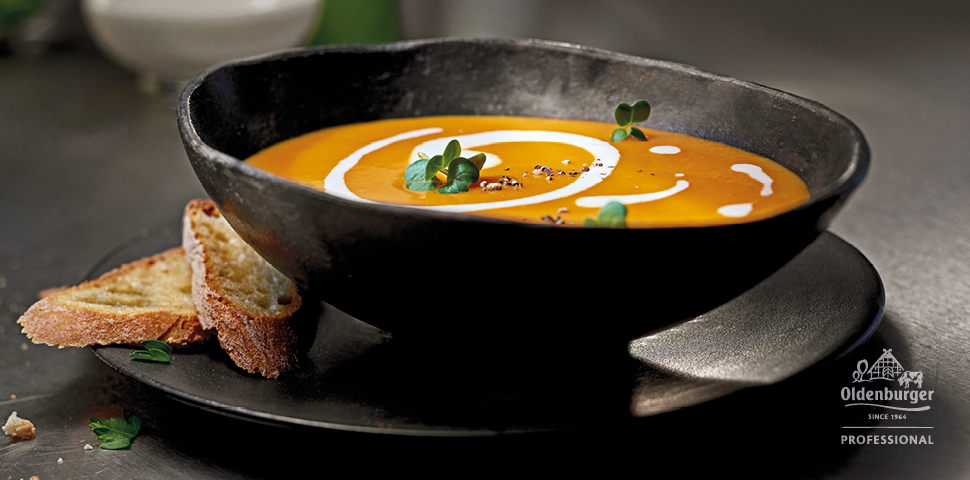A secret ingredient
Whether creamy, spreadable or liquid: butter is used in many ways – and often the ingredient makes the difference and gives dishes their special taste or smooth texture. Added to pasta or risottos, potato purées, polentas, butter is an excellent flavour carrier. When meat is sautéed with oil and herbs, a piece of butter acquires the taste of the herbs and adds a beautiful flavour to the meat. Here you can learn more about the different butter varieties and applications.
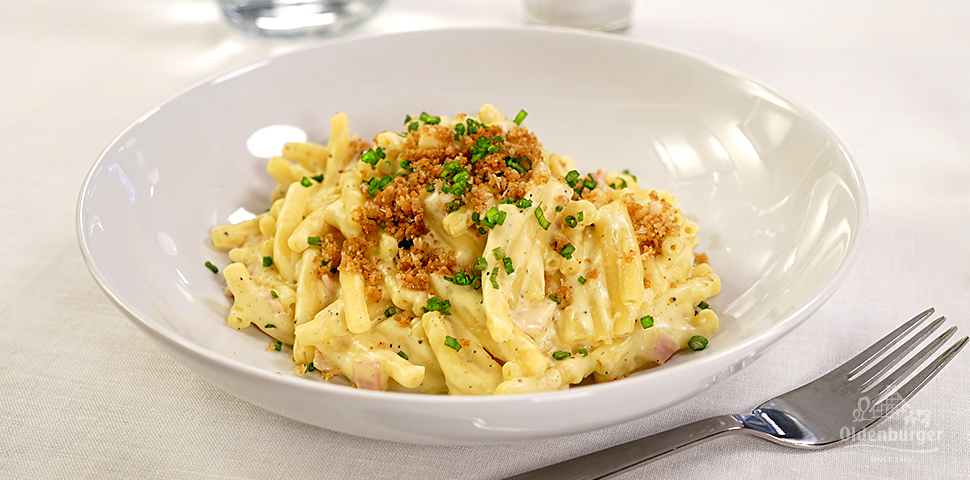
Some simple tricks
With little effort butter can be used to great effect. For example, when preparing omelets: whisking a tablespoon of cold, diced butter into eggs before cooking them is the secret to a soft, creamy omelet. Without butter, the protein in the egg white forms tight, cross-linked bonds and the omelet becomes rubbery.
Slipping butter under the skin of chicken breasts is another insider tip. Some butter spread underneath the skin of a chicken breast before roasting will baste the white meat, keeping it juicy while adding flavour.
Here you can find some delicious recipes using Oldenburger Butter.
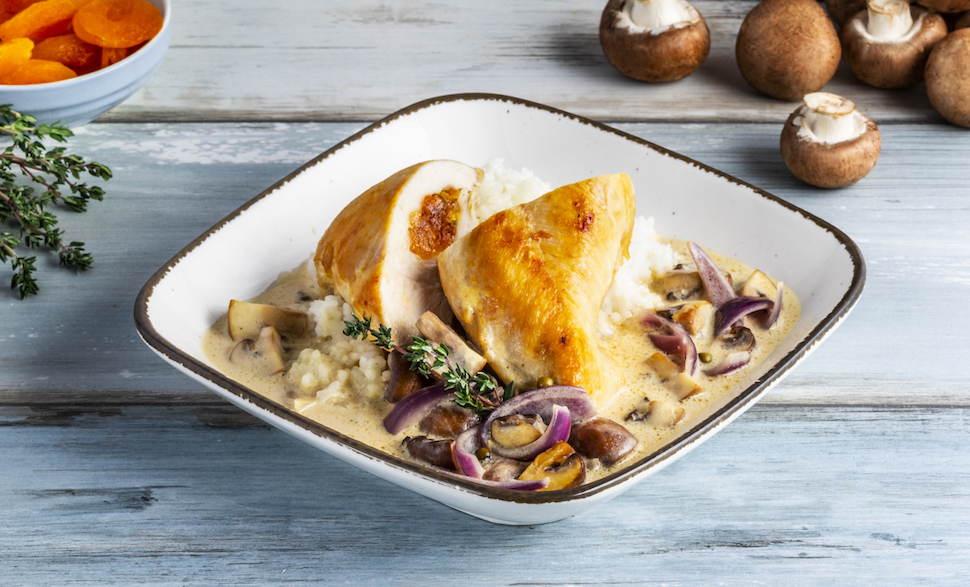
Made for baking
Its characteristic taste and versatility makes butter the perfect ingredient for baking. Let's take Lemon Cake for example, which is known for its buttery and rich taste. Using butter instead of margarine in a sponge cake like this makes all the difference. A traditional German specialty is Butter Cake, which is based on a yeast dough and particularly fluffy. The cake often is garnished with butter flakes, almonds and sugar. A very common alternative is to cover the cake with butter crumbles. Looking for a new creative version? Then try our Butter Cake recipe with a topping of chrunchy muesli and cranberries.
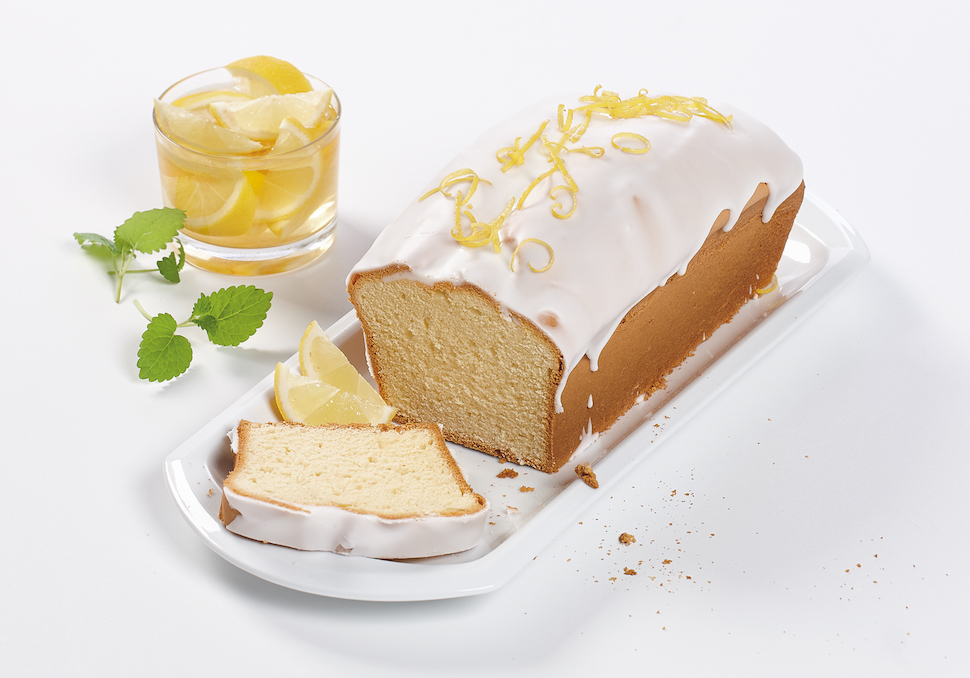
Star of sauces
With its unique texture, butter can also be turned into amazing sauces. One of the absolute classics is Beurre Blanc, a sauce that combines butter with white wine, wine vinegar, pepper, salt and shallots. Especially simple to make is slightly browned butter, who’s nutty flavour is a real taste booster for all sweet and savoury dishes.